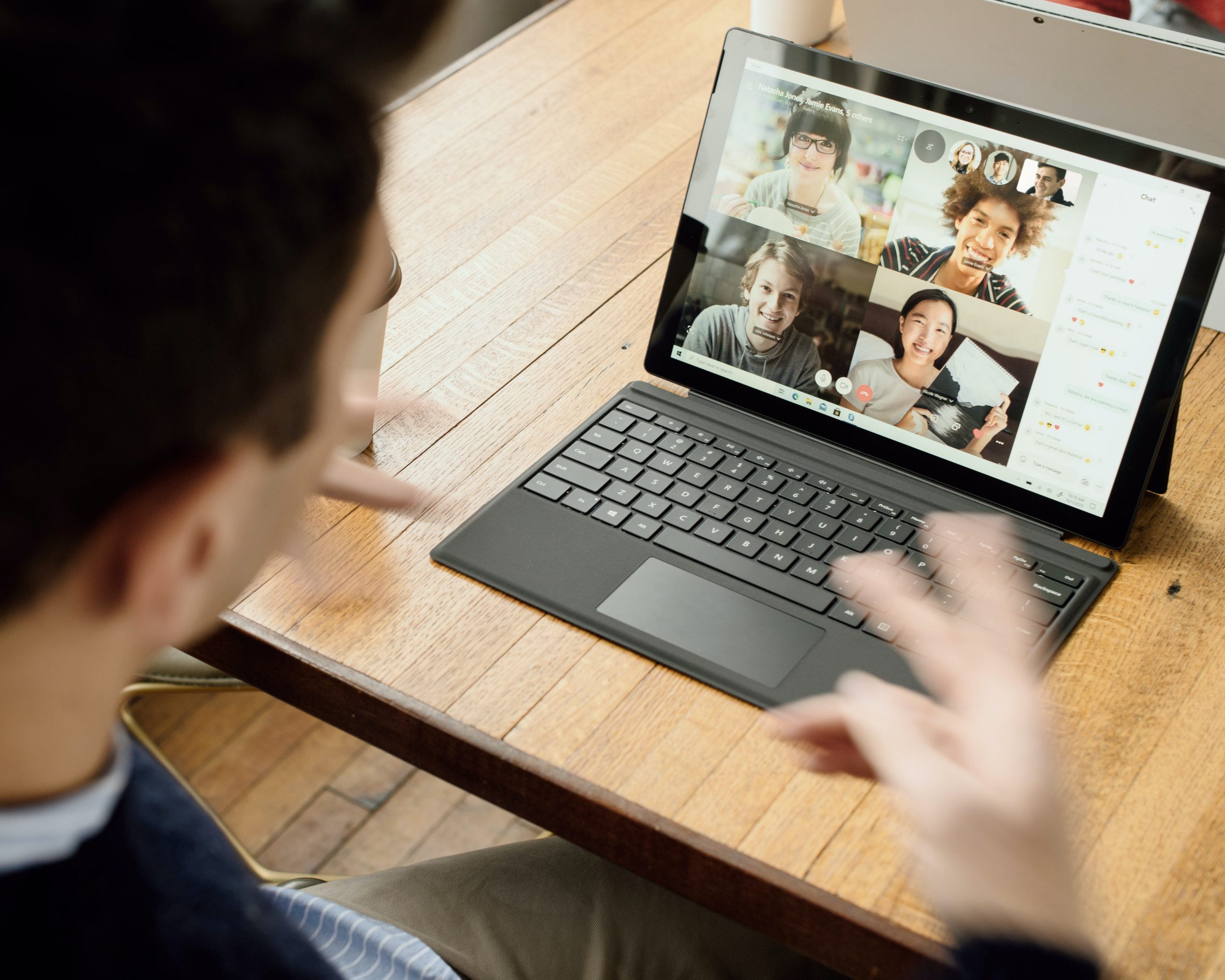A UX design job interview is less like a competition and more like sharing your experiences and passion for designing products that enhances peoples lives.
UX designer job interviews are conducted in order for an organisation to find a suitable candidate for a specific role or project. Candidates need to be able to demonstrate their abilities and skills through a series of questions.
They need to show they have a clear understanding of the role and prove they are more than capable of meeting all the requirements.
Going into the interview, keep in mind that people interviewing you really want you to succeed. Don’t assume you have all the answers. You are not expected to solve the problems right then and there during the interview.
Use each interview as an opportunity to learn. You will feel like in some interviews you nailed it, while others you fall flat on your face. Learning from each interview gains you valuable insights to take with you to the next interview.
Preparing for an interview
Before each interview, make sure you have on hand the job ad. Make short notes and summaries of what the job requirements are. Understand what it is they require and write down questions about things you’re not clear on.
Have the names of people who will be interviewing you. Check out their profiles on linkedIn.
Research the company make short notes and summaries that you have acquired from their company website. Look at other sources such as news and social media to get a better picture of the company.
Finally, don’t miss the interview date and time. Add it to your calendar and set an alert 30 minutes before hand. Most UX design job interviews are conducted via Zoom or Microsoft Teams. Make sure you are able to login and the link is working. Test your mic and camera before hand and it couldn’t hurt to clean the room – just in case of something inappropriate shows up in the background.
Promote your process not your portfolio
Show that you have a firm grasp of Human Centered Design by championing your process over your portfolio.
Explain your design process, from discovery and research all the way to development, testing and delivery. Your unique design process should resemble Agile methodolgies, the process of discovering a problem and working towards a solution through a collaborative effort, early delivery and continual testing and improvements.
Your portfolio should contain work that provides evidence of your UX design process. It should tell the story of how you discovered a problem and how you arrived at the solution through a process.
Fill your portfolio with UX artefacts not finished art works. You should include:
- User Journeys
- Service Blueprints
- Sketches
- Mock-ups
- User flows diagrams
- High Fidelity User interface
Listen carefully to each question
Hold back from talking too much. Refrain from just rambling on and on. You could google up “How to answer UX design job interview questions”, but I find this to be disingenuous. Being prepped on how to answer questions may come across in your answers. The better option is to listen carefully to the question being asked and respond honestly and include your own personal experience if applicable.
Don’t be afraid to ask the question again or even ask for them to explain the question or rephrase it. You have to prove that you’re a good communicator and part of this is admitting you may not understand everything at first but are willing to make the effort.
Enjoy the experience
Treat it like sharing your experience, learnings and knowledge with other people rather than an interview. The thing you need to communicate successfully is your thought process and motivations when approaching challenging problems.
There are no ‘wrong’ answers during the interview as long as you don’t pluck an idea from thin air, rather explain the problem and how you arrived at the solution.

Recent Comments